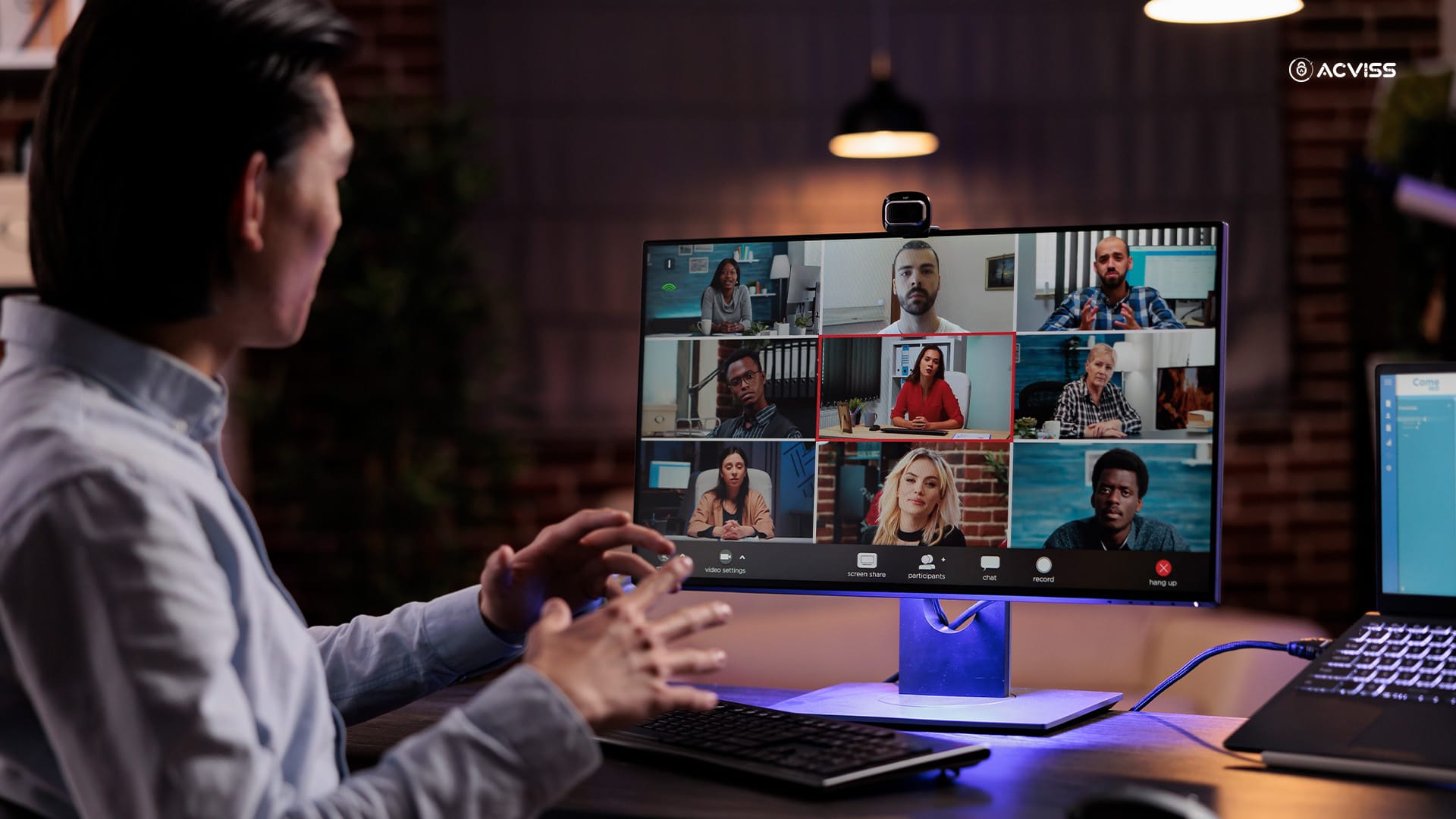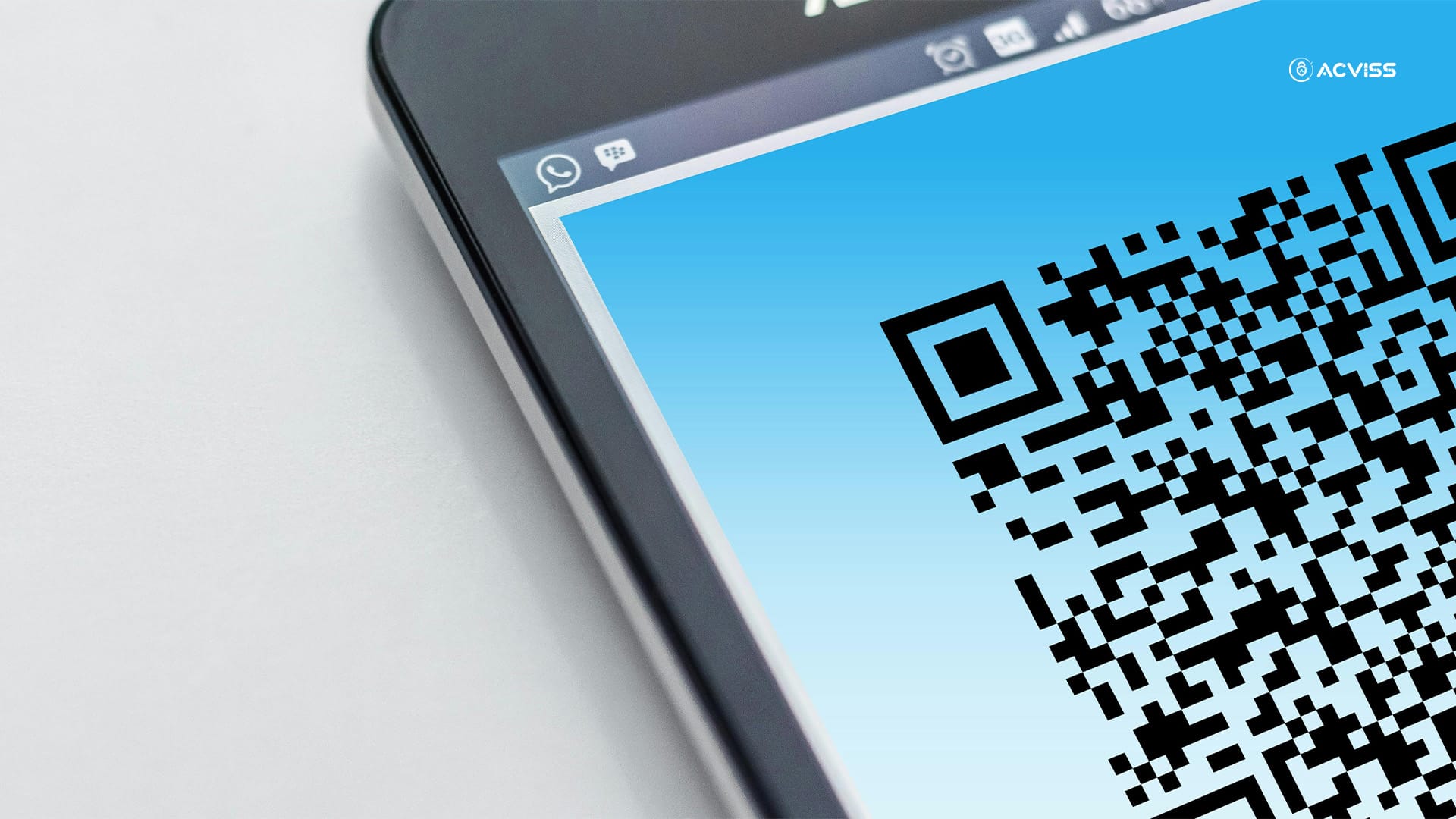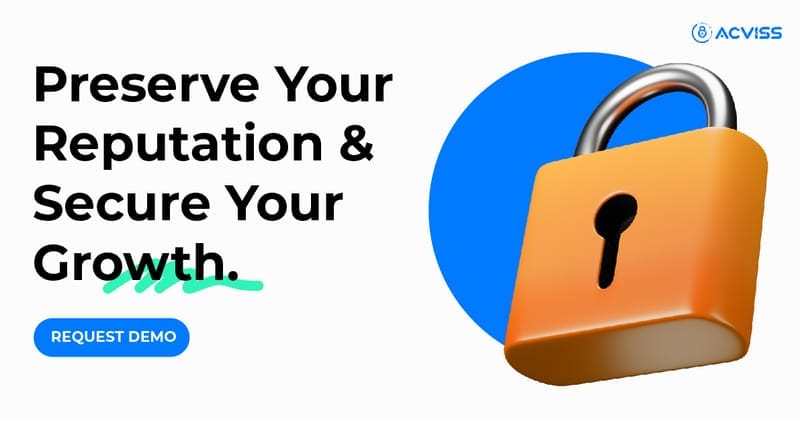Ultimate Guide to Consumer Awareness Programs for Product Authenticity & Brand Protection

Counterfeits are everywhere. Don’t believe us? A simple search for your product on any e-commerce platform will find you an array of fake products posing as the original. Counterfeit goods damage brand reputation and cause risks to consumer safety and well-being. The only way to resist is to get your consumers educated and support your fight against counterfeits.
Understanding the Problem: The Impact of Counterfeit Products
Counterfeits are infiltrating every industry from luxury goods to pharmaceuticals. And the consequences are far-reaching:
- Safety Risks:Counterfeit products often contain substandard materials and do not comply with safety regulations, posing potential health hazards to consumers.
- Financial Loss: Brands lose a giant share of their revenue to counterfeiters. It is estimated that over $500 billion worth of counterfeits are sold every year.
- Brand Damage: A fake product will always be associated with the brand which tarnishes the brand’s reputation and erodes consumer trust and loyalty.
- Economic Impact: Counterfeit goods impact tax revenue and job creation. Over 1 trillion rupees were lost in tax for the Indian economy.
Key Components of Effective Consumer Awareness Programs
Consumers are the first defence against counterfeits and empowering them is the key to winning the battle. But how to engage your customers to fight for you?
1. Educational Initiatives

Over 63% of the global population use social media which makes it easier to get the message equally to all your customers. Effective digital literacy campaigns should include:
- Social media campaigns: Utilise platforms like Instagram, TikTok, and YouTube to create engaging, shareable content that educates consumers on spotting fake products. Create a short video series showcasing side-by-side comparisons of genuine and counterfeit items, highlighting tell-tale signs of fakes.
- Interactive webinars: Host regular online sessions featuring brand protection experts, law enforcement officials, and industry leaders. This gives customers to understanding of the nuances and intricacies of counterfeit battle.
- Mobile apps: Develop user-friendly applications that serve as on-the-go guides for product authentication. These apps could include features like barcode scanners, AI-powered image recognition for logo verification, and databases of known counterfeit products.
- Partnerships with Influencers: Social media influencers have a huge influence on customer's decision-making. Partner with influencers in relevant industries to promote brand authenticity and share tips on how to spot counterfeit products.
Moulding a habit of buying authentic products is the best method to ensure conscious consumerism. This also results in a long-term success in combating counterfeits:
- Curriculum integration: Work with education authorities to incorporate modules on intellectual property rights and ethical consumption into existing subjects like civics, economics, or technology classes.
- Interactive workshops: Organise hands-on sessions where students can examine real vs. fake products, participate in mock investigations, and learn about the global impact of counterfeiting.
- Youth ambassador programs: Create initiatives that empower students to become anti-counterfeiting advocates within their communities, organising awareness events and social media campaigns.
Consumer Engagement
Providing a space for customers to respond makes the effort effective.
- Community Forums: Create online forums where consumers can share information, discuss counterfeit issues, and support each other. This reduces brand involvement and gives customers more control over their choices.
- Incentives for Reporting: Offer incentives to consumers who report counterfeit products, such as discounts or exclusive access to limited-edition items. Rewarding also retains customers, improving customer lifetime value and bringing in new customers.
2. Technological Solutions

Louis Vuitton implemented a comprehensive education campaign that included social media initiatives, influencer partnerships and in-store training for employees. As a result, consumer awareness of counterfeit products increased significantly, leading to a decline in counterfeit sales.
QR Code Authentication Systems
QR codes offer a versatile and accessible method for product authentication and spreading awareness.
- Real-time verification: Implement unique QR codes on each product that, when scanned, connect to a central database to confirm authenticity instantly.
- Product journey tracking: Enable consumers to view the entire lifecycle of a product, from manufacturing to distribution, building transparency and trust.
- Value-added information: Over authentication, QR codes provide access to product manuals, warranty registration and customer support, enhancing the overall consumer experience.
Implementing a solution like Certify by Acviss provides a seamless authentication process along with an easier way for customers to verify and access product information. The solution also gives the customers access to warranty information and even provides rewards.
Blockchain for Supply Chain Transparency
Sustainability is a major selling point for customers in 2024. Brands are turning to blockchain technology to showcase their sustainability practices and ethical processes.
- End-to-end traceability: Record each touchpoint in the supply chain on a blockchain, allowing consumers to verify the product's path from raw materials to retail shelves.
- Immediate notification: Implement automated agreements that trigger actions based on predefined conditions, such as alerting brands to potential supply chain anomalies that could indicate counterfeit infiltration.
- Consumer engagement: Blockchain-powered loyalty programs reward consumers for verifying product authenticity providing an incentive for active participation in brand protection efforts.
3. Collaborative Initiatives
It is essential to foster cooperation between various stakeholders for a unified approach to brand protection:
- Develop multilingual, culturally-adapted awareness campaigns that can be deployed across different regions, ensuring consistent messaging worldwide.
- Establish cross-sector teams comprising brand owners, law enforcement agencies, and e-commerce platforms to conduct coordinated anti-counterfeiting operations.
- Develop secure, centralised databases where stakeholders can share information on counterfeit trends, emerging threats, and successful intervention strategies.
- Work collaboratively to influence legislation and regulations that strengthen intellectual property protection and increase penalties for counterfeiting activities.
Checklist for Measuring the Impact of Consumer Awareness Programs

Building an anti-counterfeit strategy requires tracking the results properly to learn its effectiveness. To gauge the effectiveness of awareness initiatives, track the following Key Performance Indicators:
- Reduction in counterfeit product seizures: Monitor the volume and value of seized goods over time, aiming for a downward trend.
- Increase in consumer reporting: Track the number of reports consumers submit regarding suspected counterfeit products, indicating heightened awareness and engagement.
- Growth in sales of authenticated products: Measure the uptick in sales of products featuring authentication technologies or purchased through verified channels.
- Decrease in online listings for counterfeit goods: Monitor major e-commerce platforms for a reduction in listings flagged or removed due to authenticity concerns.
- Consumer awareness survey results: Conduct regular surveys to assess changes in consumer knowledge, attitudes, and behaviours regarding counterfeit products.
Top Brands with Campaigns Upholding Authenticity
1. Louis Vuitton Never Full Campaign: Louis Vuitton launched a campaign highlighting the durability and craftsmanship of their iconic Never Full tote bags, contrasting them with counterfeit versions that often fall apart quickly.
2. Nike Move to Zero Campaign: Nike's commitment to sustainability and ethical manufacturing can indirectly discourage consumers from purchasing counterfeit products that often have negative environmental and social impacts.
3. Adidas Stan Smith Campaign: Adidas celebrated the iconic Stan Smith sneaker, emphasizing its history, design, and quality materials used in its construction.
4. Ray-Ban Authenticity Check Campaign: Ray-Ban provided consumers with tips on how to spot counterfeit sunglasses, focusing on details like lens quality, frame construction, and packaging.
5. Apple Genius Bar and Customer Support: While not a traditional marketing campaign, Apple's emphasis on customer service and support can help consumers differentiate between genuine products and counterfeit imitations.
6. The Tiffany Blue Book Campaign: Tiffany & Co. highlighted the history and tradition behind their iconic jewellery, emphasizing the quality and craftsmanship that set their products apart from counterfeits.
Customer-led Brand Protection
Protecting brands and consumers from the risks of counterfeit products requires a proactive and multifaceted approach. Implementing effective consumer awareness programs educates consumers, and empowers them to make informed choices, strengthening the brand’s position in the marketplace.
If you are interested in learning more about employing customer engagement for anti-counterfeiting get in touch with our experts. We at Acviss successfully secure over 80 brands globally and protect 2 billion+ products building a healthy brand-customer relationship. Join the ranks of the industry leaders today with Acviss.
